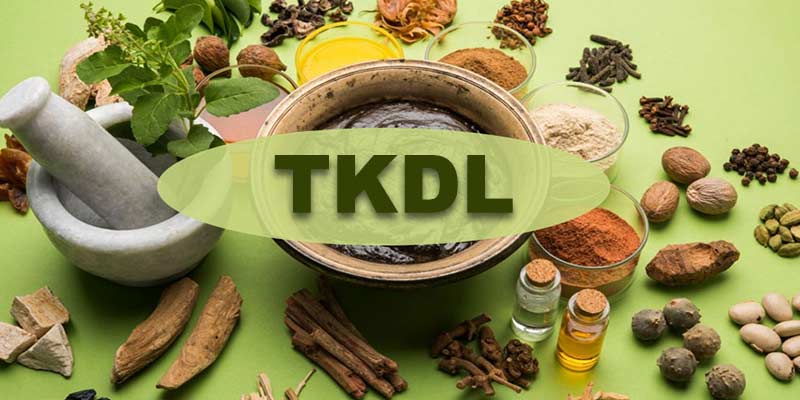- India
- Dec 18
Explainer / What is the purpose of Traditional Knowledge Digital Library?
A total of 404,982 formulations including 117,205 in Ayurveda, 233,801 in Unani, 47,210 in Siddha, 4,070 in Yoga and 2,696 in Sowa Rigpa have been transcribed so far into the Traditional Knowledge Digital Library (TKDL) database, Union AYUSH Minister Sarbananda Sonowal said in a written reply in Lok Sabha.
Traditional Knowledge Digital Library
• The Traditional Knowledge Digital Library (TKDL) project, initiated in India in 2001, is a collaboration between the Council of Scientific and Industrial Research (CSIR), ministry of science and technology, ministry of AYUSH and ministry of health.
• The TKDL initiative preserves the country’s traditional knowledge through digitalisation and aims to prevent the misappropriation of India’s traditional medicine knowledge through patenting worldwide.
• The TKDL database comprises knowledge from over 270 texts of Ayurveda, Unani, Siddha, Yoga and more recently Sowa Rigpa.
Why was TKDL set up?
• It was established to prevent exploitation and to protect Indian traditional knowledge at patent offices worldwide.
• The TKDL was initiated following the efforts taken by India to successfully revoke the turmeric and basmati patents granted by United States Patent and Trademark Office (USPTO) and neem patent granted by European Patent Office (EPO).
Objectives of TKDL:
• Seeks to prevent the granting of patents for products developed utilising traditional knowledge where there has been little, if any, inventive step.
• Intends to act as a bridge between information recorded in ancient Sanskrit and patent examiners (with its database containing information in a language and format understandable to patent examiners).
• Facilitates access to information not easily available to patent examiners, thereby minimising the possibility that patents could be granted for “inventions” involving only minor or insignificant modifications.
How TKDL preserves information?
• India’s traditional medicinal knowledge exists in languages such as Sanskrit, Hindi, Arabic, Urdu, Tamil, etc, that too in ancient local dialects that are no longer in practice.
• Thus, the published traditional knowledge literature is neither accessible nor understood by patent examiners at international patent offices.
• TKDL has overcome the language and format barrier by systematically and scientifically converting and structuring the available contents of the ancient texts on Indian systems of medicines — Ayurveda, Siddha, Unani and Sowa Rigpa as well as Yoga — into five international languages, namely, English, Japanese, French, German and Spanish, with the help of information technology tools and an innovative classification system - Traditional Knowledge Resource Classification (TKRC).
• As per the extant approvals in place, the access of the database is given to patent offices worldwide that have signed non-disclosure access agreements with the CSIR. As many as 14 patent offices have been granted access to the TKDL database.
• The CSIR-TKDL Unit also files third party observations and pre-grant oppositions on patent applications related to our traditional knowledge based on the TKDL evidence. So far, 245 patent applications have been either withdrawn/deemed withdrawn or amended or set aside on the basis of TKDL evidence thus protecting Indian traditional knowledge.
Manorama Yearbook app is now available on Google Play Store and iOS App Store

